Wardrobe Optimizer: Plan Your Closet Space
Use our free Wardrobe Optimizer to calculate your hanger needs and required rod space. Get a personalized plan to organize your small closet and maximize every inch.
Wardrobe Optimizer
Enter the number of clothing items you have in each category to get a personalized closet optimization plan.
Your Personalized Closet Plan
How to use this tool: First, do a quick count of your clothes by category. Enter the numbers into the fields above and click the “Optimize My Wardrobe” button. The tool will instantly generate a personalized report with your estimated hanger count, the closet rod space you’ll need, and tailored tips for organizing your specific collection.
The Wardrobe Optimizer: Your Personal Blueprint for a Perfect Closet
We’ve all been there. Staring into a closet packed so tightly with clothes that it’s impossible to see what you own, let alone pull something out without causing an avalanche. Your favorite shirt is wrinkled, you can’t find that one specific pair of jeans, and you end up wearing the same three outfits on repeat. As a tiny home dweller and designer, I’ve learned that a disorganized closet is more than just an inconvenience; it’s a daily source of stress and a thief of precious time and space. That’s why I built this Wardrobe Optimizer. It’s not just a calculator; it’s a diagnostic tool. It’s designed to transform the overwhelming chaos of your wardrobe into clear, actionable data, giving you a personalized blueprint to create a closet that is efficient, spacious, and even joyful to use.
The first step to solving any problem is understanding its scale. You can’t effectively organize your finances without knowing your income and expenses, and you can’t organize your closet without taking inventory of your clothes. This Wardrobe Optimizer helps you do just that. By simply counting your items, you move from a vague feeling of “I have too much stuff” to a concrete understanding: “I need 8.5 feet of rod space, but I only have 6.” This clarity is the catalyst for real change. It empowers you to make informed decisions about what to keep, how to store it, and what systems you need to put in place to maintain order for good.
Before You Organize, You Must Quantify Your Wardrobe
The biggest mistake people make when trying to organize a closet is simply buying more containers. They buy shoe racks, hanging shelves, and fancy new hangers, hoping a product will solve the problem. But they’re skipping the most crucial step: the inventory. Without knowing exactly what you have, you’re just organizing clutter, not eliminating it. The process of counting your clothes, as prompted by the Wardrobe Optimizer, forces you to confront your collection head-on. You might be shocked to discover you own 40 t-shirts or 15 pairs of jeans. This moment of realization is powerful. It’s the data-driven motivation you need to start a meaningful decluttering session before you even think about organization.
Think of it like a professional organizer’s first consultation. They would never start moving things around without first assessing the entire situation. They would pull everything out and categorize it. Our Wardrobe Optimizer digitizes this essential first step. It gives you a clear, numerical snapshot of your wardrobe’s contents. This data serves as the foundation for your entire project. The results—your total item count and estimated space requirements—will guide your strategy, helping you decide whether you need a simple re-organization, a serious decluttering session, or a complete rethink of your relationship with clothing, such as exploring a capsule wardrobe.
To Hang or to Fold? The Great Closet Debate Solved
One of the most critical decisions in closet organization is determining what to hang and what to fold. Making the wrong choice can damage your clothes and waste valuable space. The recommendations in the Wardrobe Optimizer are based on best practices for fabric care and space efficiency. As a general rule, your decision should be based on the fabric’s tendency to stretch or wrinkle. Here’s a more detailed breakdown:
| Always HANG These Items | Always FOLD These Items |
|---|---|
|
|
By following these guidelines, you’ll not only extend the life of your garments but also strategically free up the most valuable real estate in your closet: the hanging rod. For more in-depth fabric care advice, the experts at The Spruce offer a fantastic resource that aligns with these principles.
Maximizing Space: Pro Tricks for a Tiny Closet
Once you have your inventory from the Wardrobe Optimizer and a plan for hanging vs. folding, it’s time to implement some space-saving hacks. As someone who designs storage for Neat Tiny Home, I can tell you that the right hardware and techniques can easily double your usable space. My number one recommendation is to invest in slim velvet hangers. Those bulky plastic and wire hangers are space vampires. Switching to a uniform set of slim hangers can instantly free up 25-30% of your rod space. It’s the single most impactful change you can make.
Next, think vertically. Most closets have a single rod with a lot of wasted space underneath. Installing a second rod to create a double-hang section is a game-changer for shirts, skirts, and folded pants. Use shelf dividers to keep your folded sweaters from toppling over. Use the back of your closet door for hanging shoes, scarves, or belts. And embrace the “one in, one out” rule: every time you bring a new piece of clothing home, an old one has to leave. This simple habit prevents your closet from ever becoming overstuffed again. For clever hardware, check out the closet section on sites like The Container Store, which is full of innovative solutions.
The Capsule Wardrobe: Ultimate Closet Efficiency
If the Wardrobe Optimizer revealed a very high number of items, and you still feel overwhelmed, it might be time to consider a more radical approach: the capsule wardrobe. This is the art of curating a small collection of essential, versatile items that you love and that can be easily mixed and matched. The goal is not deprivation, but intentionality. Instead of having 150 items you feel “meh” about, you have 30-40 items you absolutely love, and getting dressed becomes incredibly simple and stress-free.
Creating a capsule wardrobe forces you to define your personal style and invest in quality over quantity. It aligns perfectly with the tiny living ethos of “less, but better.” It’s a journey that takes time, but it can completely transform your relationship with your closet and with consumption in general. If you’re intrigued, I highly recommend exploring the work of Courtney Carver, whose Project 333 challenge is a fantastic starting point for building your first capsule.
Your closet should be a tool that serves you, not a chaotic space that frustrates you. I hope this Wardrobe Optimizer gives you the data and the confidence you need to take control and build a wardrobe that works for your life and your tiny space.
What’s the most surprising thing you discovered about your own wardrobe? Do you have a closet organization hack that has been a game-changer for you? Share your stories in the comments!
Frequently Asked Questions (FAQ)
- What about shoes, bags, and accessories?
While this tool focuses on clothing, the principles are the same. Take inventory, declutter what you don’t use, and assign a specific “home” for each category. Shoes can go in clear boxes or on dedicated shelves, while bags can be stored with purse shapers on a shelf or hung from S-hooks. - How do I deal with seasonal clothing in a tiny closet?
Seasonal rotation is key. Store your out-of-season clothing (like bulky winter coats) in vacuum-sealed bags under your bed or in another storage area. This immediately frees up a huge amount of prime closet space for the clothes you’re actually wearing now. - Do I really need to get rid of clothes to be organized?
Not necessarily, but it is almost always the most effective first step. If your rod space calculation from the Wardrobe Optimizer is double your actual space, no amount of clever organizing will fix that. In a small space, editing your collection is just as important as organizing it. - How often should I use this tool?
I recommend doing a quick inventory with the Wardrobe Optimizer twice a year, typically when you’re switching out your seasonal clothing. This helps you keep track of your collection, identify categories that are getting bloated, and ensures your closet remains a functional, organized space.

Decluttering Decision Tool: Keep or Toss?
Decluttering Decision Tool, Free Tools
Our Decluttering Decision Tool is a simple quiz to help you decide what to keep,…Read More
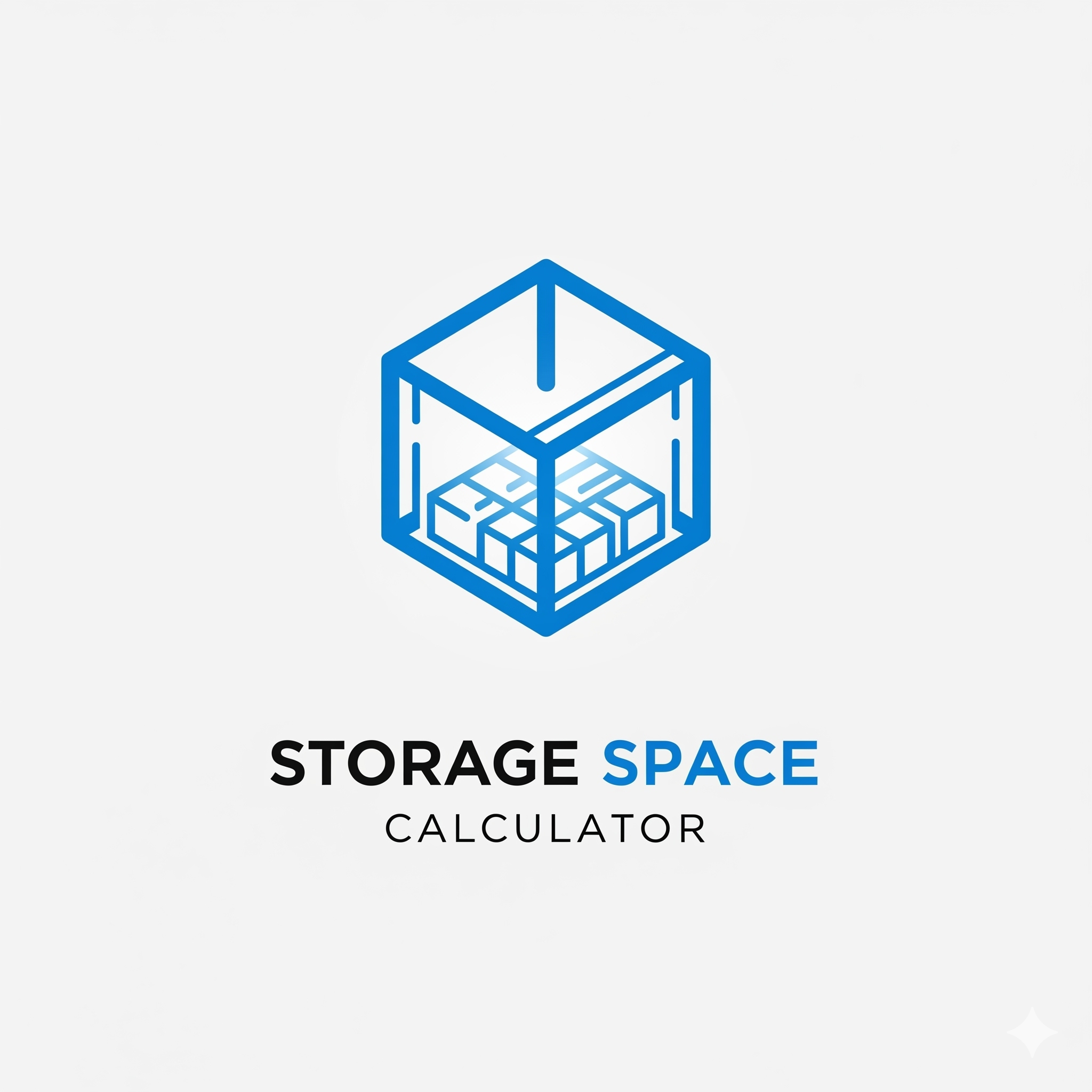
Free Tools, Storage Space Calculator
Storage Space Calculator: Maximize Your Home
Storage Space Calculator for tiny homes. Instantly calculate the volume of any closet, cabinet, or…
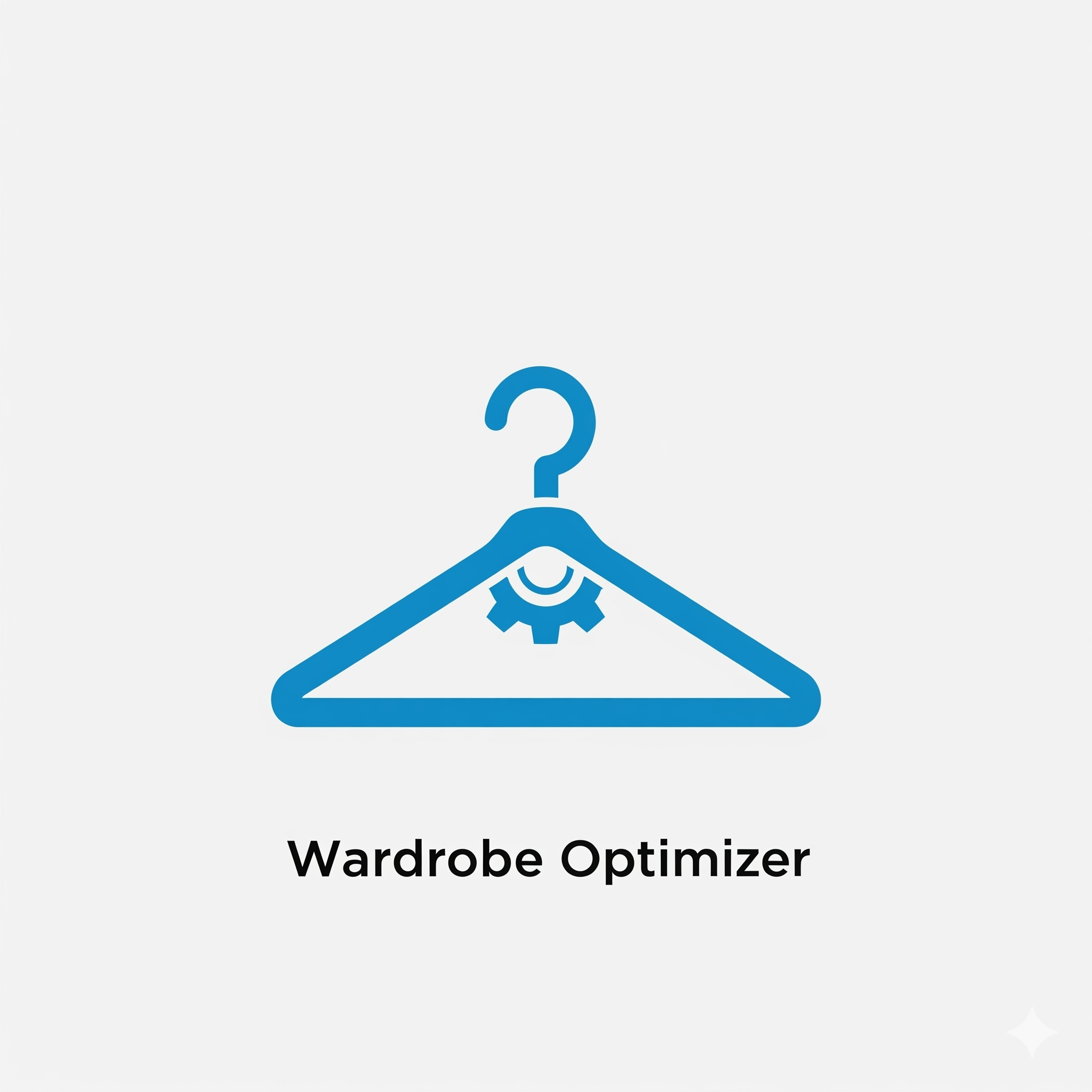
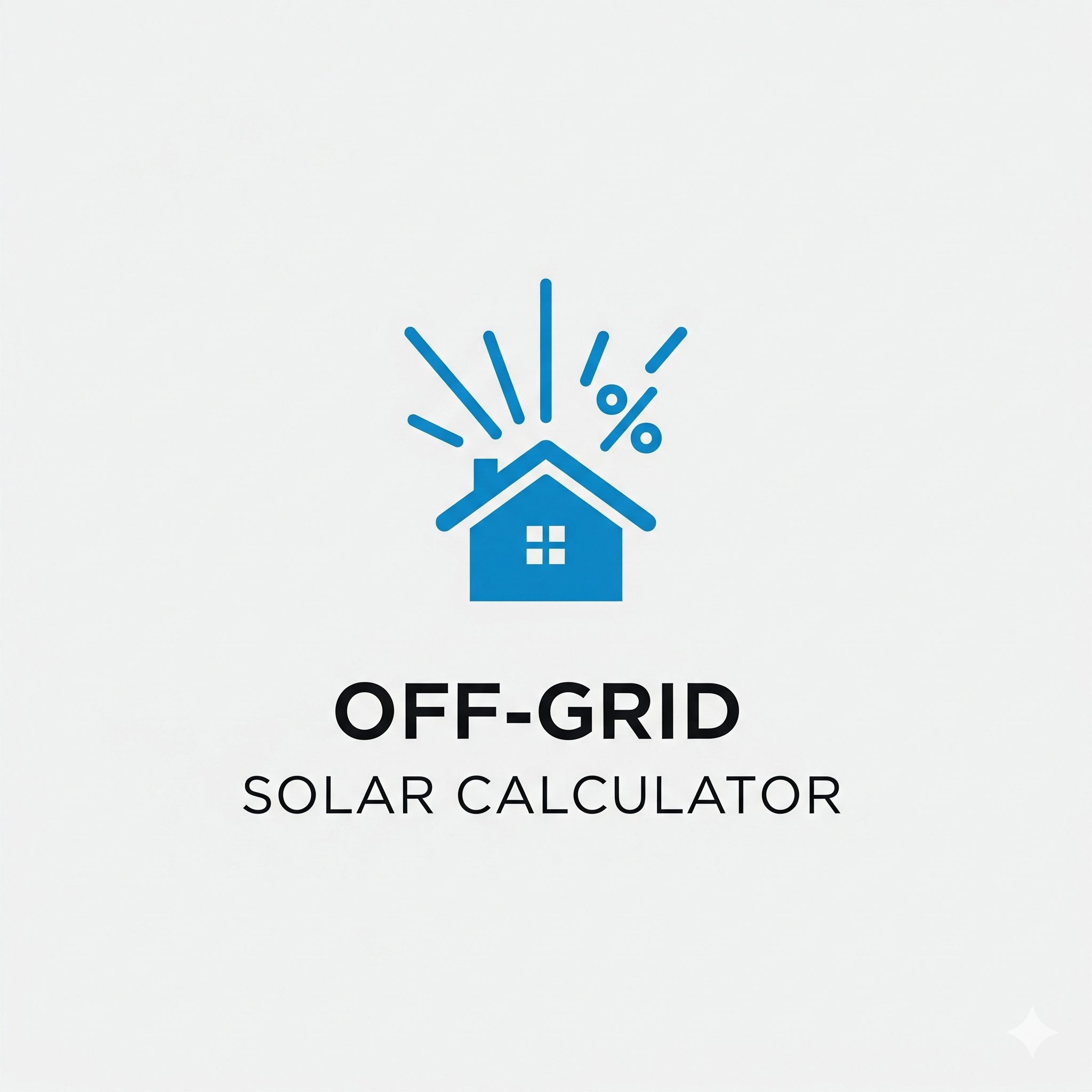
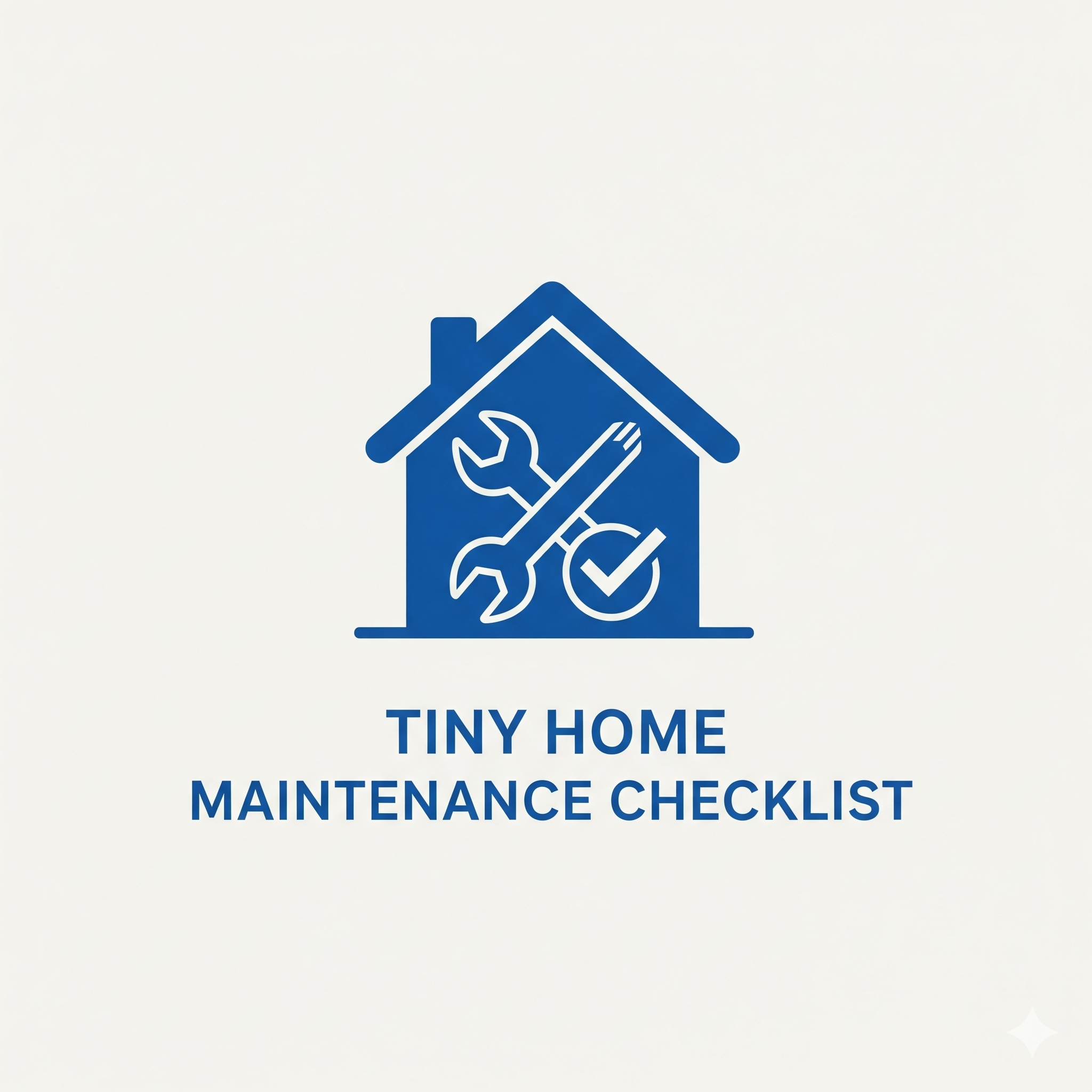
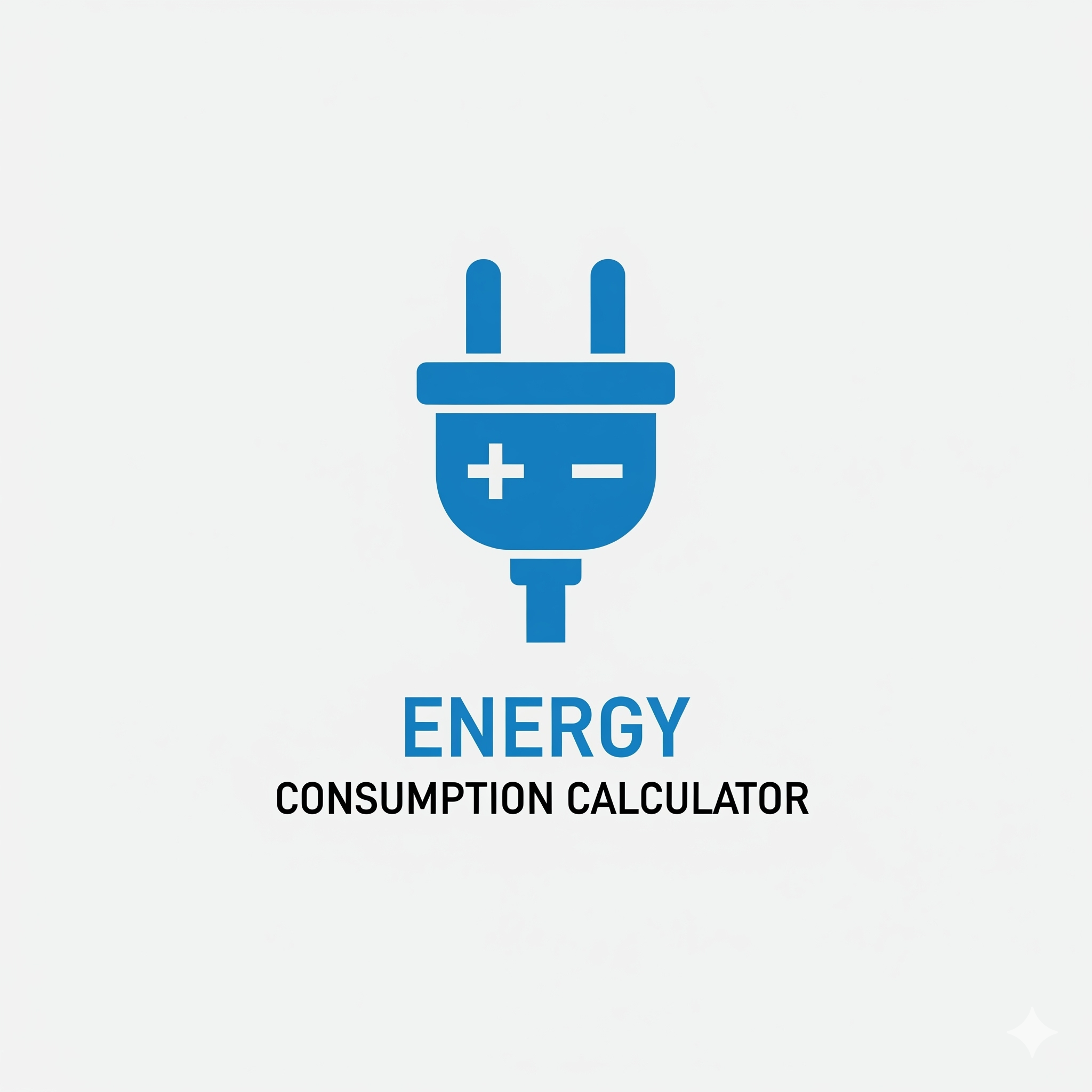
Post Comment